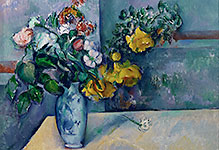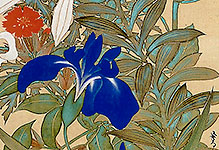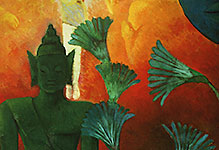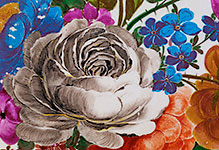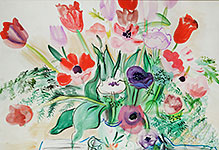
Flowers
Daisies, Lilies, Roses, Tulips and more.

#33010841
From the Illustrations to 100 poems by 100 poets: Gontchunagon Masafusa,10...

#33010970
Rubayat of Omar Khayyam: The quatrains of Omar Kayyam were a collection of verse...

#33011028
Hanging canopy (tengai), Japanese, (Kamakura period, 14th century?). This tengai...

#33011030
Sugawara no Michizane in Chinese dress, Muromachi period, Japan, late 15th centu...

#33011042
Birds and flowers, Edo period, Japan, 1791. A white parrot perched on a blossomi...

#33011060
Celadon tea bowl from Korea, Koryo dynasty, early 12th century. The lotus, on th...

#33020150
The Annunciation. (Life of the Virgin, 8). Around 1503. Woodcut, 296 x 210mm....

#33020265
Triumphal Arch ('Ehrenpforte') for Emperor Maximilian I. Dated 1515. Detail of 3...

#33020266
Triumphal Arch ('Ehrenpforte') for Emperor Maximilian I. Dated 1515. Detail of 3...

#33020267
Triumphal Arch ('Ehrenpforte') for Emperor Maximilian I. Dated 1515. Detail of 3...

#33020268
Triumphal Arch ('Ehrenpforte') for Emperor Maximilian I. Dated 1515. Detail of 3...

#33020714
Self-Portrait with Monkeys, 1943. The Jacques and Natasha Gelman Collection o...
